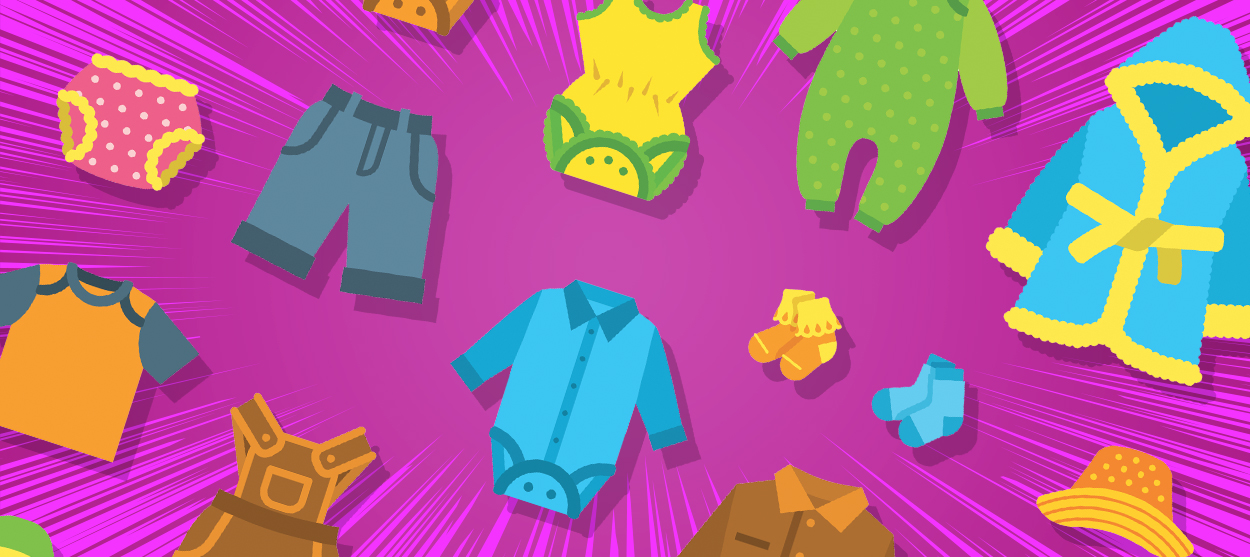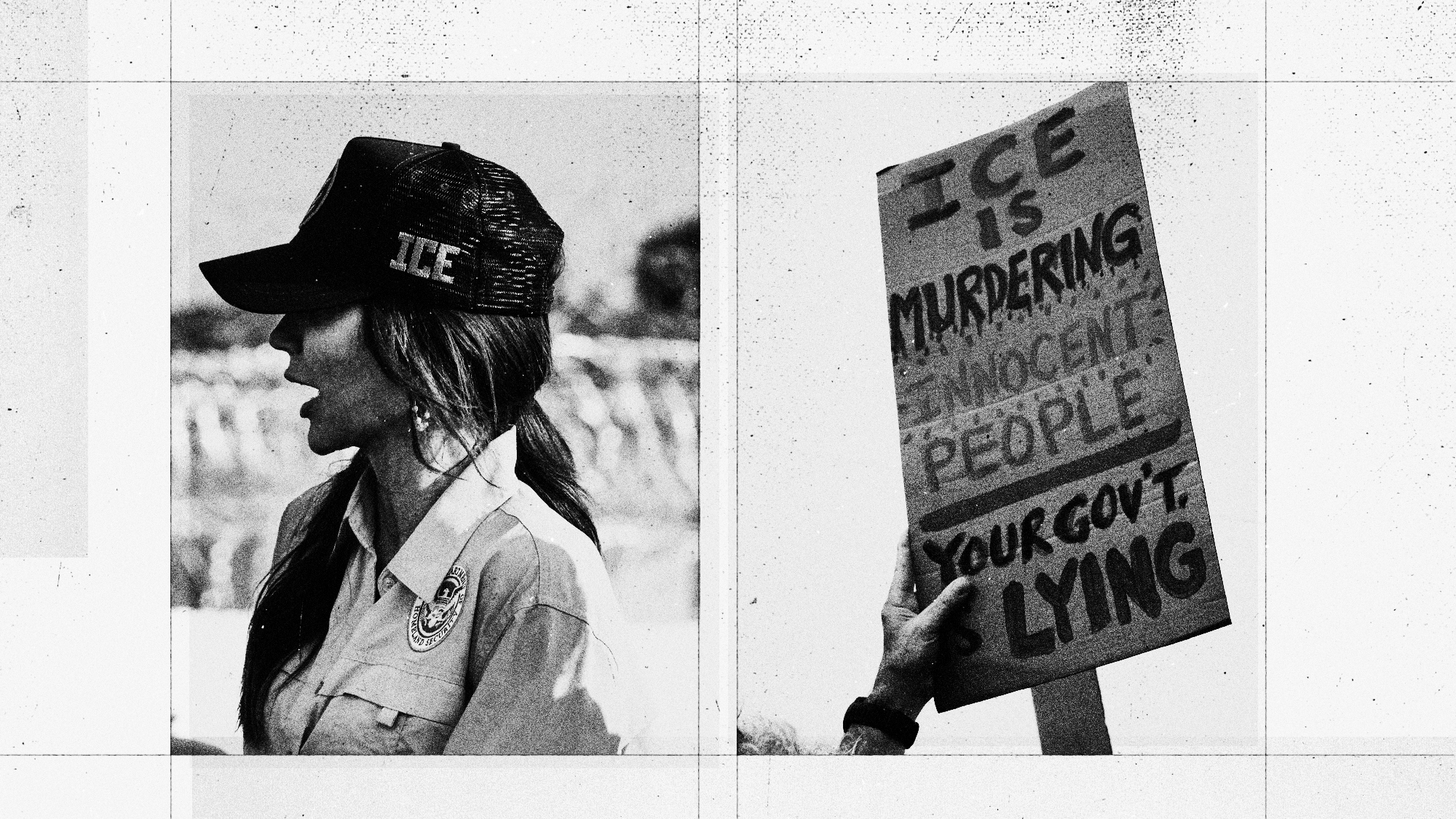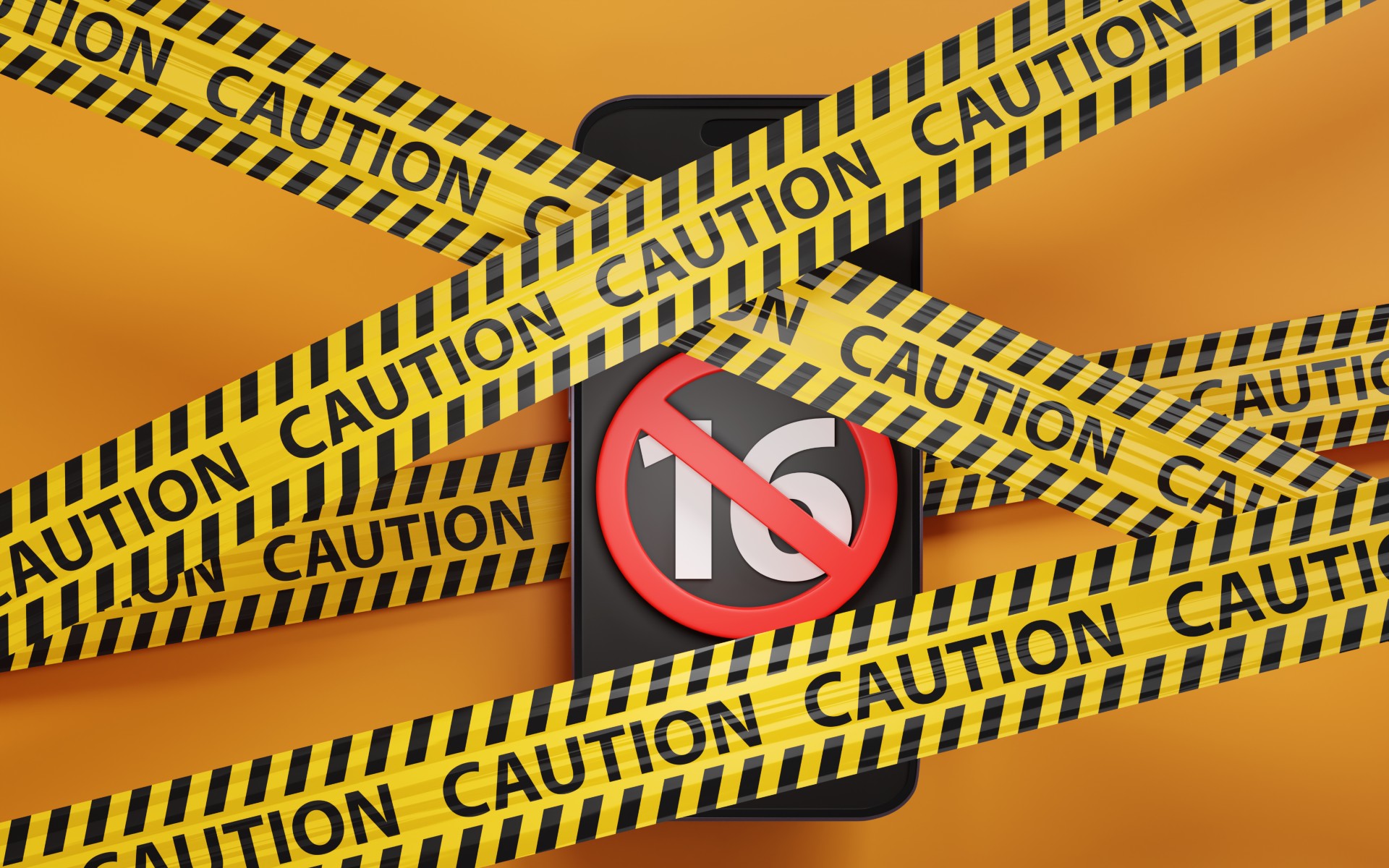How to choose baby clothes without losing your mind
Here's how to pick safe and appropriate clothes for your little one


Choosing clothes for babies and kids can be stressful, especially for the uninitiated. The wrong clothes could mean overheating (and an increased risk of SIDS in infants), rashes, or any number of unlikely-but-still-possible outcomes that can threaten your child's health. Fortunately, these shopping and safety clothing experts have got you — and your little ones — covered.
Fibers and fabrics
Cotton is one of the most popular fabrics for babies' and kids' clothes. "Cotton is king when it comes to clothes for kids and babies — it's a workhorse fiber," confirms Matthew Sebra, Macy's Senior Fashion Director, Men's & Kids. "Cotton has the mix of comfortability and durability that lends itself well to almost every silhouette out there." And no wonder, since it's incredibly versatile: Denim, corduroy, flannel, fleece, terry, and jersey are just a few of the many cotton fabrics available. Best of all, most cotton clothes can be tossed in the washing machine, making them easy to care for.
The Week
Escape your echo chamber. Get the facts behind the news, plus analysis from multiple perspectives.

Sign up for The Week's Free Newsletters
From our morning news briefing to a weekly Good News Newsletter, get the best of The Week delivered directly to your inbox.
From our morning news briefing to a weekly Good News Newsletter, get the best of The Week delivered directly to your inbox.
Polyester is also common in kids' clothes. This synthetic fiber is lightweight, durable, dries quickly, and resists wrinkles and stains, according to the Council of Fashion Designers of America. Polyester/cotton blends are common in sweatshirts and sweatpants, and 100 percent polyester t-shirts and pajamas are available. Polyester is also used in children's outerwear, linings, swimwear, and sports gear.
The scoop on sizing
As you've no doubt discovered, sizing varies between brands. This is due to the fact that some, but not all, U.S. clothing companies use the voluntary sizing specifications published by the standards development organization ASTM International to assign clothing size.
To choose the right size for your child, "Start with age, it's a good indicator of what's going to fit," Sebra advises. (Generally, in toddlers' and kids' clothes, the size number indicates the age of the child the item is supposed to fit.) "That said, be sure to check a respective brand's size charts, which will help you zero in on what size is most ideal based on factors like height and weight." Clothing retailers should have size charts for the brands they sell; check their websites. Local children's clothing stores may also be able to help; staff there will likely know if a label tends to run large or small.
A free daily email with the biggest news stories of the day – and the best features from TheWeek.com
Safety by design
To prevent strangulation, the U.S. Consumer Products Safety Commission (CPSC) bans hood and neck drawstrings (the kind that used to be common in hooded sweatshirts) in children's clothing sizes 2T-12. Small parts, like buttons, can be a choking risk if they come loose, so make sure all fasteners and decorative elements adhere securely to clothes. Better Kid Care, an educational program from Penn State Cooperative Extension, recommends that all attachments on clothing for children under three be at least 1¼" in diameter and 1" in length.
The CPSC also requires sleepwear for children 9 months-14 years be either tight-fitting or flame-resistant to prevent burns. Because my son's adorable polyester fleece pajamas seemed to trigger static electricity when he tossed and turned in bed, I now buy tight-fitting non-fleece sleepwear one size larger than my son usually wears. The pajamas still fit closely, but the tops don't ride up his belly, or set off sparks.
If you're concerned about a garment's safety, you can search the CPSC's list of consumer products, including kids' clothes, that have been recalled here.
Chemicals in clothing
Unfortunately, your kids' wardrobe may also contain toxic chemicals? "Flame retardants are used to help fireproof clothing and can be found in children's clothing," notes Charlotte Tate, labor justice campaigns manager for the environmental health and social justice non-profit Green America. In addition, the cancer-causing gas "formaldehyde is used to keep clothes wrinkle-free and shrink-free," and toxic "perfluorinated chemicals (PFCs) are used to make clothing waterproof and stainproof."
Allergic skin reactions are the main risk of wearing clothes treated with flame retardants, PFCs, and formaldehyde, according to the National Institute of Environmental Health Sciences and other government agencies. More serious health dangers, which may include damage to children's development as well as cancers, hormone disruption, reproductive toxicity, and immune and neurological system effects, are associated with ingesting (via contaminated food or drink) or inhaling these chemicals.
However, as the authors of a 2019 study in Environmental Research point out, there's just not much research on the effects of chemical exposure via fabrics, and skin contact "might lead to potential systemic risks." Research suggests children are more likely than adults to be affected by toxins in the environment, so if you're concerned, it makes sense to avoid these chemicals.
To do this, "I would recommend parents opt for certified organic cotton garments," says Tate. Look for certifications like GOTS (Global Organic Textile Standard), OEKO-TEX STANDARD 100, and Bluesign on clothing; these labels "ensure that harmful chemicals aren't present."
And because "kids are constantly growing out of clothing, establishing a network to exchange clothes, rather than buying new, is a great alternative for the planet, workers, and your children," Tate adds. "Used clothing that has been washed several times is a good way to avoid contact with residual chemicals that can be found on new clothing. If you need to buy new and organic cotton isn't any option, I recommend washing the piece of clothing before your child wears it."
While you may feel overwhelmed at the thought of all the clothes you have to buy for your rapidly growing offspring, with a few tips, choosing your children's clothes should be less exhausting. At least until they're teens.
Want more essential commentary and analysis like this delivered straight to your inbox? Sign up for The Week's "Today's best articles" newsletter here.
Elizabeth Michaelson Monaghan is a freelance writer in New York City. Her work has appeared in The Girlfriend from AARP, Romper, Lilith, Paste, and others. She is a member of the City Limits team that won a New York Press Club Journalism Award in 2018.
-
 ‘The economics of WhatsApp have been mysterious for years’
‘The economics of WhatsApp have been mysterious for years’Instant Opinion Opinion, comment and editorials of the day
-
 Will Democrats impeach Kristi Noem?
Will Democrats impeach Kristi Noem?Today’s Big Question Centrists, lefty activists also debate abolishing ICE
-
 Is a social media ban for teens the answer?
Is a social media ban for teens the answer?Talking Point Australia is leading the charge in banning social media for people under 16 — but there is lingering doubt as to the efficacy of such laws
